Articles
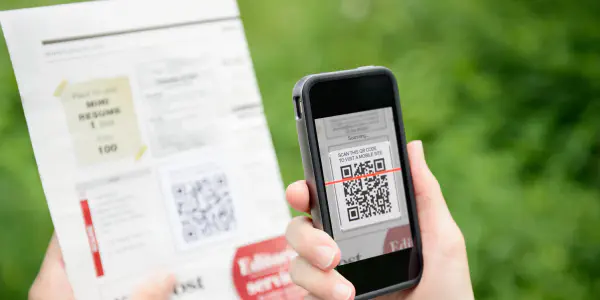
Mobile code as an connect component
NFC and QR codes are reshaping industrial operations by serving as seamless bridges between the physical and digital worlds. From enhancing manufacturing efficiency to revolutionizing logistics and ensuring workplace safety, these technologies are indispensable in modern industry. As they continue to evolve, their potential to drive innovation and create smarter, more connected industrial ecosystems will only grow, cementing their role as foundational components in the future of industry.
Read More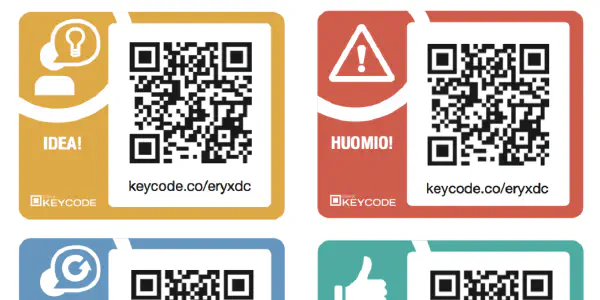
QR code usage and symbolics
QR codes are a revolutionary tool for instant access to digital resources, their inherent lack of immediate readability poses challenges. By integrating symbolics and providing a clear introduction, the technology becomes more user-friendly and secure. This approach not only enhances user engagement but also builds a bridge of trust between the code and its audience, ensuring that QR codes continue to thrive as a vital component of the digital landscape.
Read More
Asset Management
Asset Management refers to the systematic process of developing, operating, maintaining and upgrading assets cost-effectively. Generally assets can include physical items (machinery, buildings, infrastructure), financial assets (stocks, bonds), or intangible assets (intellectual property, data).
Read More
Asset Management standards
The integration of robust asset management practices into SaaS operations delivers far-reaching benefits. By improving operational efficiency, enhancing risk management and resilience, ensuring reliable service delivery, and streamlining compliance, SaaS providers can position themselves as leaders in a competitive market. The principles of the ISO 55000 series serve as a guiding light for achieving these outcomes, providing a structured framework that aligns technical operations with organizational objectives.
Read More
Scalability
Scalability is a critical pillar for any Software as a Service (SaaS) platform, especially one designed to manage a wide range of physical assets, from devices and machinery to products and inventory. As a business grows, its asset management needs become more complex, requiring a system that can not only handle an increase in volume but also adapt to new functionalities and user requirements without a drop in performance. A truly scalable asset management SaaS is built to evolve from a basic tracking tool into a powerful, dynamic, and collaborative ecosystem.
Read More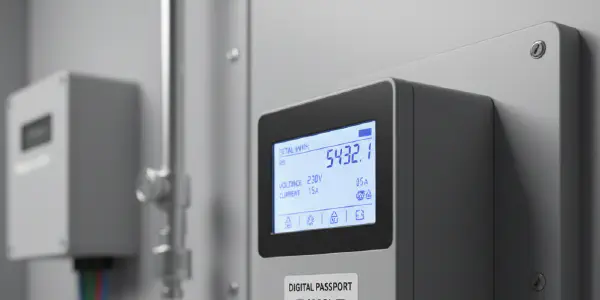
Digital Product Passport
Beginning in 2024, the European Union introduce a regulation mandating that nearly all products sold within the EU include a Digital Product Passport (DPP). As part of the Ecodesign for Sustainable Products Regulation, this initiative seeks to improve transparency throughout product value chains by offering detailed information on each products origin, materials, environmental footprint, and disposal guidelines.
Read More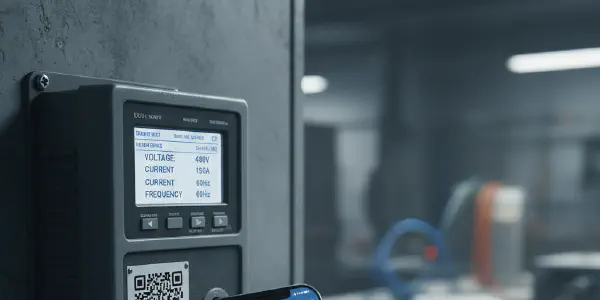
Custom data schema
An effective asset management system for physical objects relies on a custom data schema, a flexible framework that defines the specific attributes, relationships, and types of data for each asset. Unlike a rigid, one-size-fits-all solution, a custom schema allows a business to create a digital blueprint for its unique assets, whether they are laptops, medical devices, or factory machinery. This tailoring ensures the system captures all the necessary information, making the data highly relevant and actionable.
Read More
Asset Management & AI
AI integration is revolutionizing asset management by enabling physical objects to become "intelligent." By connecting every assets digital resources (manuals, specs, logs) to an AI engine, users can employ natural language prompting to instantly query the data. This transforms static assets into dynamic knowledge sources, offering immediate answers, proactive maintenance insights, and significantly boosting operational efficiency and decision-making.
Read More
Workload optimization
A flexible, easy-to-use, and versatile SaaS service doesn’t just enhance operational efficiency — it transforms it. It empowers businesses to adapt to change, optimize their resources, and achieve their goals with confidence. In an era where agility is key, such a platform becomes not just a tool, but a vital element in success.
Read More
Keycode SaaS vs. custom solutions
Implementing a comprehensive QR code asset management system involves numerous steps—from generation, label production, and placement to system integration and ongoing maintenance. The choice between developing a custom, in-house solution and adopting a high-quality, general Software as a Service (SaaS) platform is critical, with the latter overwhelmingly proving to be the most cost-effective and low-risk approach.
Read More
Why QR codes fail
Using QR codes cab be tricky. QR codes fail when they are poorly designed or fail to deliver value. To succeed, they must be easy to scan, relevant, and up to date—otherwise, they’re just another missed opportunity.
Read More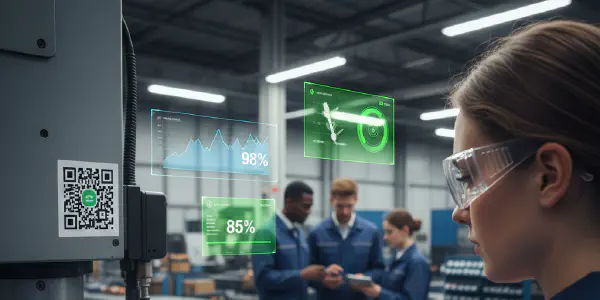
EdTech meets asset management: A new era of learning
The convergence of education technology and asset management solutions is ushering in a transformative era, particularly in how organizations approach training and education.
Read More